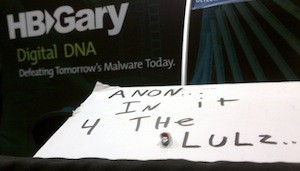Transcendent Evolution
Cory Panshin on May 15, 2011When I suggested in the previous entry that our society is in the process of adopting a new standard of morality, I cited the acknowledgement of altruism by evolutionary theorists as just one example among several. But I’m thinking now that this single change could be the most important of all — that it has the potential to spark a philosophical upheaval that will redefine our entire culture.
Once we stop regarding the natural world as driven by ruthless self-interest, for example, it will compel us to undertake an equivalent transformation of our politics and economics. But even that would be only one minor aspect of a fundamental shift in our understanding of life and mind.
The greatest limitation of Darwinian theory has always been that it is hyper-mechanistic. It allows no role for consciousness or purpose, but insists that the entire history of life on Earth can be explained in terms of impersonal forces acting on organisms without their knowledge or assent.
For a strict Darwinian, living things have no goals in life other than to survive and pass on their genes. If creatures do happen to evolve — if fish turn into amphibians, or apes into proto-humans — it can only be the result of a series of accidental variations that turn out to have superior survival value.
But although this belief may have been acceptable in the 19th and 20th centuries, when the goal of science was to explain all of existence in terms of simple, physical cause-and-effect, it has now fallen out of touch even with its own field of study.

 The first thing I noticed was that Schultz was wearing a trucker’s cap almost identical to one in the
The first thing I noticed was that Schultz was wearing a trucker’s cap almost identical to one in the  Despite that stinging humiliation, HBGary
Despite that stinging humiliation, HBGary 


